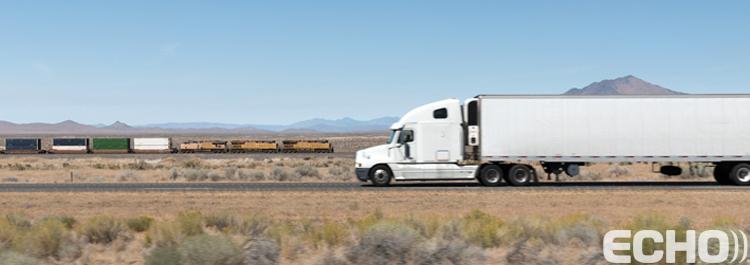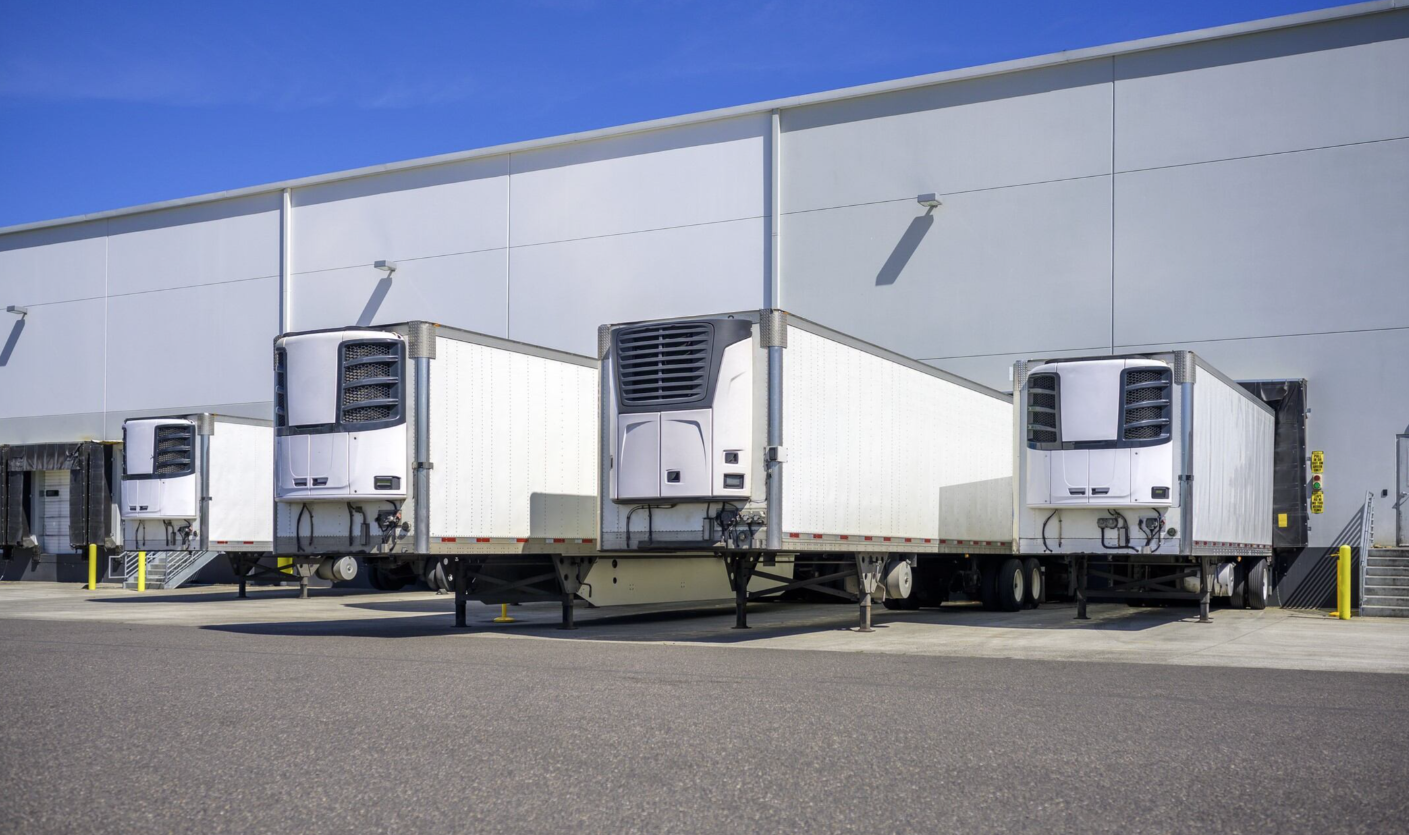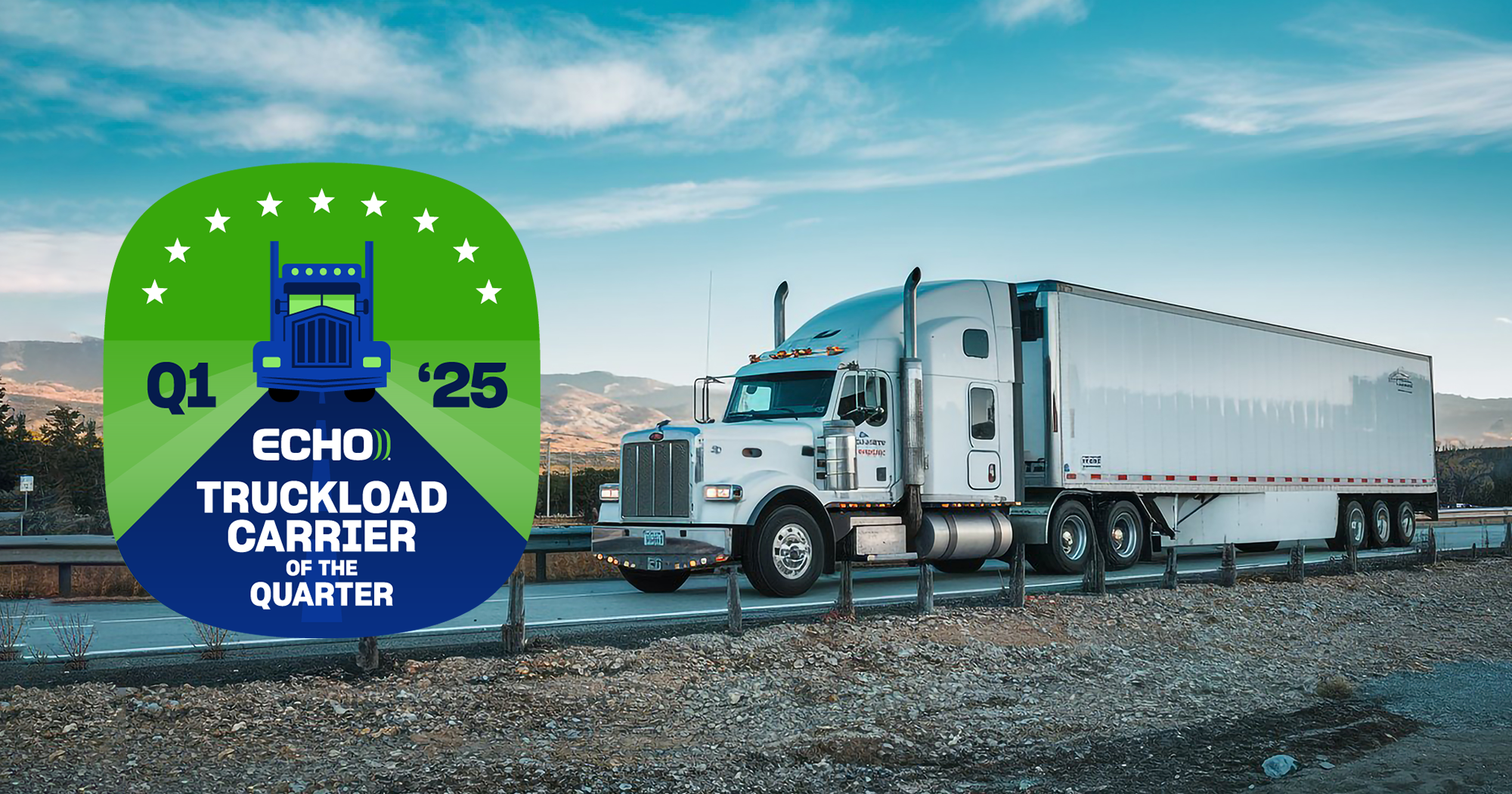How to choose between Intermodal and Truckload? There are usually multiple ways a shipper can choose to move a load, so selecting the right mode can be difficult. It’s easy for companies to operate out of habit and select the mode they’ve always used without considering other options. It’s the responsibility of logistics professionals to recognize and overcome this type of inertia when that is happening. It’s important to know and consider the full range of mode options and the benefits each has to offer.
Choosing between Intermodal and Truckload shipments is likely the most common situation when this problem occurs. Depending on a shipment’s requirements, both modes have advantages and disadvantages. When taking different factors into account like cost, transit time, and fuel efficiency, neither option will always check every box. Understanding the differences between Intermodal and Truckload will help your company make the right choice for the right situation. Let’s review each of their benefits.
Benefits of Intermodal Transportation
Intermodal shipping moves goods using multiple modes of transportation. Typically, Intermodal involves a truck transporting a container to a railroad for the long-haul segment of the shipment, and then another truck picking the container up from the railroad ramp to complete the delivery. Using the rail system in times of a tight market will add capacity because it frees up drivers to make other deliveries. Intermodal often costs less than Truckload shipping because it’s typically priced as dollars per load rather than cost per mile.
Along with lower costs, Intermodal is typically more fuel efficient compared to Truckload through the employment of rail transportation. Intermodal offers the same reliability and safety standards as other modes. Working with Class I railroad companies, Echo can secure refrigerated containers or Temperature Controlled Units (TCU) for your perishable goods while in transit on railroads.
Benefits of Truckload Transportation
Truckload shipping is often faster and more streamlined due to being a more direct method of transportation when it comes to transit times. This is because an individual truck driver has the ability to make their own schedule flexible. As a general rule, shipments that are under 500 miles in total distance tend to be well suited for truckload in terms of cost or speed of delivery.
Truckload transportation can generally transport more weight per load because with intermodal, the chassis total weight is increased with the container on the rail sled. Also, there are a wide variety of different types of truckload hauls, such as flatbed, refrigerated, partials, over-dimensional/heavy-haul, and expedited. These give the shipper different options for their goods to be delivered to the final destination.
Of course, it depends on the situation, but there are some good guidelines shippers should keep in mind. When you have a high volume of shipments in a given lane, a distance of more than 500 miles, and a relaxed timeline, it’s likely intermodal will be your best option. When you have time-sensitive shipments, less flexibility with scheduling, or have fragile products, Truckload transportation will probably be a better choice. The great news is that Echo has extensive carrier networks for both Intermodal and Truckload with high levels of service, support, and tracking no matter which you choose. How to choose between intermodal and truckload? Work with your account representative at Echo to see which mode is right for your freight. The important thing is to carefully consider both options and not simply choose a mode because that’s how it’s always been done.
To help you choose, contact an Echo expert today at 800-354-7993 or info@echo.com.
For informational purposes.



